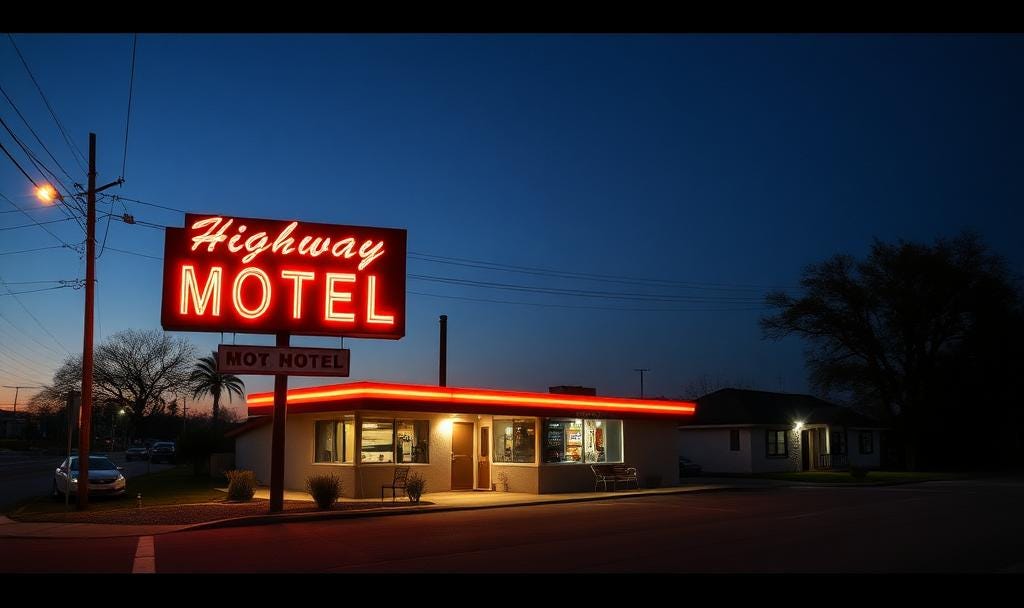The Margin of Safety: The Key to Risk-Proof Investing
How the Patel Family Built a Motel Empire Using Smart Risk Management
Investing isn’t about predicting the future but ensuring you don’t lose when wrong. That’s where the Margin of Safety comes in.
This principle, popularised by Benjamin Graham and Warren Buffett, is simple: buy assets at a significant discount to their intrinsic value. The bigger the gap, the more room for error and the lower your risk.
One of the best real-world examples is how the Patel community in the U.S. built a motel empire using the Margin of Safety.
The Patel Motel Strategy: Low-Risk, High-Return
In the 1970s and 80s, thousands of Indian immigrants from the Patel community began acquiring run-down, underperforming motels across America. Here’s how they applied the Margin of Safety:
Buying at a Discount: They targeted struggling motels that were heavily discounted, often buying them from distressed owners.
Reducing Costs: Instead of hiring staff, they worked as a family to run operations, significantly lowering expenses.
Cash Flow First, Growth Later: They prioritised positive cash flow from day one, ensuring the business could sustain itself even in tough times.
Low-Risk, High-Reward: They built wealth without taking excessive risks by buying below market value and making minor, cost-effective improvements.
Over time, this approach turned small motel investments into multi-million-dollar hospitality businesses, with many Patel families owning entire portfolios of motels.
Case Study: The $5,000 Motel That Became a Multi-Million-Dollar Business
In 1976, Kanti Patel, an immigrant from India, arrived in the U.S. with little money but a sharp business mind. Instead of renting a home, he and his family purchased a struggling roadside motel for $5,000 with seller financing.
How He Applied the Margin of Safety:
Bought Below Market Value—The motel was failing, and the owner was desperate to sell. Kanti negotiated a price well below its potential value.
Sweat Equity Instead of Overpaying – Instead of hiring staff, the Patel family ran the front desk, cleaned rooms, and managed operations.
Cash Flow from Day One – The mortgage payments were low, and the business generated steady income with minimal overhead.
Reinvested Profits into Expansion – Kanti used the motel’s cash flow to acquire more discounted properties, applying the same model over time.
Fast forward a few decades, and his family now owns over 20 hotels, with assets worth tens of millions.
This strategy wasn’t about luck but making smart, low-risk investments with a built-in safety net.
Applying the Margin of Safety in Investing
You don’t have to buy motels to use this principle. Here’s how it works across different investments:
Stocks: Buy quality businesses trading well below fair value, ensuring a built-in cushion against market downturns.
Real Estate: Acquire properties at a discount or with strong cash flow from day one, reducing reliance on appreciation.
Businesses: Invest where returns significantly outweigh the capital at risk, minimising the potential downside.
A margin of safety gives you confidence during downturns and maximised returns when the market corrects. It’s not about timing—it’s about discipline.
The best deals are made when others panic.
Are you investing with a margin of safety?



